
views
Eating Fresh Lychee
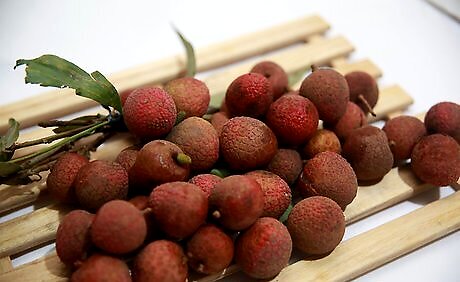
Choose a ripe lychee. Find a firm fruit, that gives a little when squeezed without collapsing or leaking. A relatively smooth skin is also a good sign, with slight bumps instead of major raised nubs. Hard, unripe fruits are edible but won't have as strong a taste. A wet, soft fruit is overripe, and may be fermented (edible with a different, strong taste) or rotted (unpleasant). Crushed or soaked peels are almost always rotted. Different varieties have different skin colors, but most are red, orange, or yellowish when ripe. Brown fruits have usually gone bad.
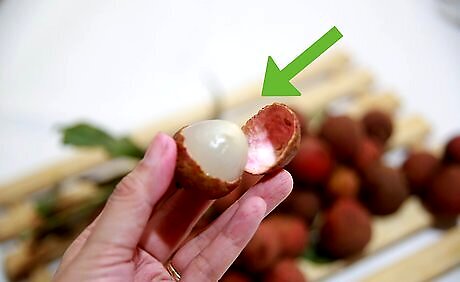
Peel the end of the lychee. Grasp the nub of the stem and peel away the pink or yellowish-brown skin at one end. The white, semi-translucent flesh inside is the edible portion of the fruit. You may want to peel the fruit over a bowl to catch the dripping juice. If the lychee has been left out a while, the skin will be harder and tougher to peel. Use your fingernail, teeth, or a knife to cut a slit. Soaking the fruit will make it easier to peel as well. Completely transparent flesh, mottled flesh, or yellow-brown flesh mean the lychee may be fermented or rotten.

Squeeze or tear off the skin. A perfectly ripe lychee has a soft skin that separates easily from the flesh. You can gently squeeze these fruits to pop out the flesh inside. If this doesn't work, just tear off the skin in small pieces using your fingers. The skin is inedible. Throw it away or compost it.
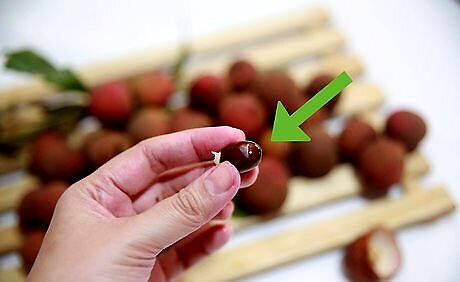
Dig out the seed. A large seed lies in the center of the fruit. Gently tear apart the flesh with your fingers, pick out the glossy brown seed, and discard it. The seed is slightly poisonous.
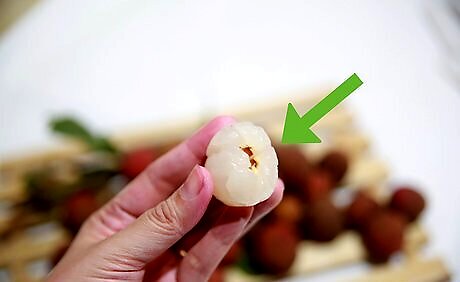
Eat the fruit. Fresh lychees have sweet, crisp, juicy flesh, with a signature scent that you can't find in the canned product. Enjoy it raw, or keep reading for more uses of this fruit. A thin, brownish membrane lies on the interior of the flesh, where the seed was. Just eat this with the rest of the lychee. It adds a slight crunch without affecting the flavor. Removing it tends to squeeze out a lot of the tasty juice.

Store extra fruit. Refrigerate lychee wrapped in a dry paper towel, inside a perforated plastic bag or a container with the lid left ajar. They can last up to a week this way, although the rind may turn brown and hard. Throw away the fruit if it turns grey. If you can't eat them all within that time, freeze the rest whole and unpeeled, in a sealed zip-locked bag. Run warm water over the frozen lychee for 15 seconds, then peel and eat. Partially thawed lychee have a texture similar to sorbet.
Using Lychee in Recipes
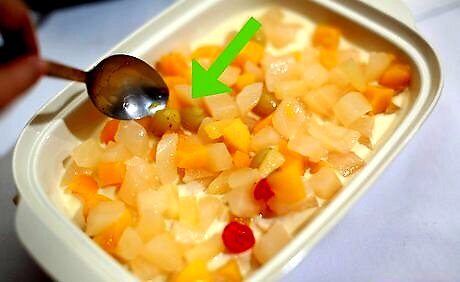
Add to a fruit salad. This obvious option is perfect for summer. Because lychee lose juice rapidly when peeled, add them at the last minute.
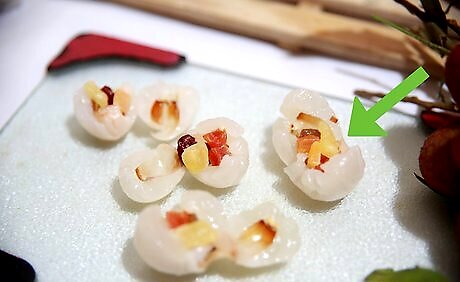
Stuff the lychee. Carefully peel the lychee fruits and remove the seed, without tearing the flesh. Mix minced nuts, honey, and/or ginger into a soft cheese, such as cream cheese or chenna. Gently push open the lychee with your thumb, and fill with a small spoon or chopsticks. You can even stuff the lychee with savory foods, such as a chicken stir fry. Make sure all ingredients are finely minced, and broil the lychees for 2–3 minutes after stuffing.
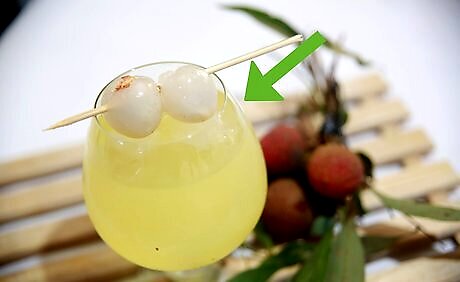
Garnish cocktails. Add a skewered, pitted lychee fruit to margaritas or other light cocktails. Or try something new with the lychee sake martini or novelty Mad Eye martini.
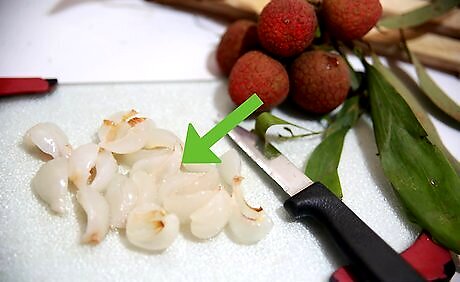
Chop up for a salsa. Soft, sweet lychee adds a bold dimension to spicy or sour salsas. Try a simple salsa of avocado, lychee, and red onion, with your salsa toppings of choice.
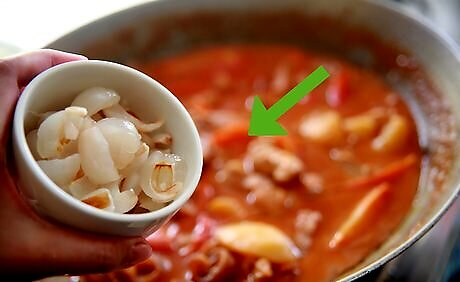
Cook lychee in hot dishes. To make lychee chicken or another hot, savory dish, add the lychee to a stir fry or roasting pan just a couple minutes before the dish is done. Lychee pairs particularly well with cinnamon, ginger, or honey.




















Comments
0 comment